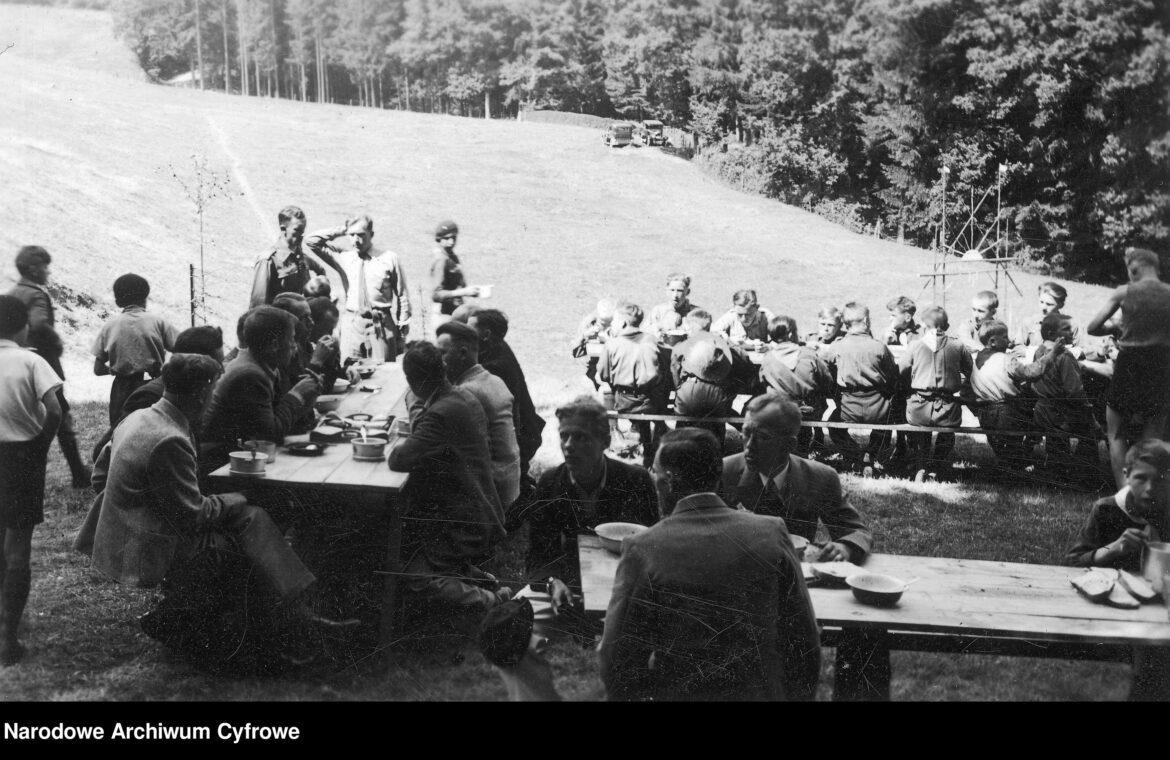The first attempts to create a social and educational movement for Polish young people date back to 1910/1911, when Poland was not on the map of Europe. Activities of this type were then undertaken in the Second Republic of Poland within the framework of the Union of Polish Scouts (ZHP), and later in other similar organisations. Their members took part in the struggle for a sovereign and independent Polish state.
In the spring of 1911, the first scouting course took place in Lwów (today’s Lviv), which is now outside the country, after which the Chief Scouting Command and the first teams were established. They were organised by Andrzej Małkowski and his wife Olga Drahonowska-Małkowska. From the beginning, those structures were called Polish scouting (Harcerstwo), or ‘Scouting plus independence’.
Before the outbreak of the First World War, there were about 20,000 young members active in scouting. After the outbreak of the war, about a thousand of scouts fought in the Polish Legions, while the rest prepared for soldier service.
At the threshold of Poland’s independence, new challenges appeared – scouts took part in disarming the occupying forces, participated in the Wielkopolska Uprising, the three Silesian Uprisings, in the defence of Lwów, and during the Polish-Bolshevik War, giving a tribute of blood on all those fronts.
When the fighting for the borders of the Polish state came to an end, the activists of the scout movement proceeded to vigorously organise the Polish Scouting Association. It was then dominated by people with national and Catholic views. However, education in the national spirit was particularly opposed by representatives of the political left. Therefore, as a counterbalance, in 1923-1924 they created the Union of Free Scouting and then the Red Scouting of the Workers’ University Society. Scouting organisations of national minorities developed along a separate track.
Considering the whole interwar period, about 250,000 young people belonged to the ZHP and it was the largest organisation of this kind. In the 1930s, it was headed by the Silesian Voivode Michał Grażyński. At the time, the concept of educating youth was different from the national one. It was referred to as state-citizen. The Association was represented at international rallies, and also included Polish Diaspora youth.
With war approaching in 1939, the Boy Scouts’ and Girl Scouts’ Emergency Service was established. After the September defeat, both organisations became the nucleus of the underground Gray Ranks.





